When you think of wine country, your mind probably wanders to the rolling hills of Napa Valley or the sun-drenched vineyards of Sonoma. But the world of American winemaking has expanded far beyond these traditional regions, with vintners creating exceptional wines in places you’d never expect.
From urban rooftops to desert landscapes, these unconventional locations are proving that great wine can come from anywhere with the right combination of passion, innovation, and adaptation. Wine enthusiasts are discovering that some of the most interesting bottles come from the most unexpected places across America.
Here is a list of 18 wineries that have set up shop in locations that will surprise even seasoned wine lovers.
Brooklyn Winery
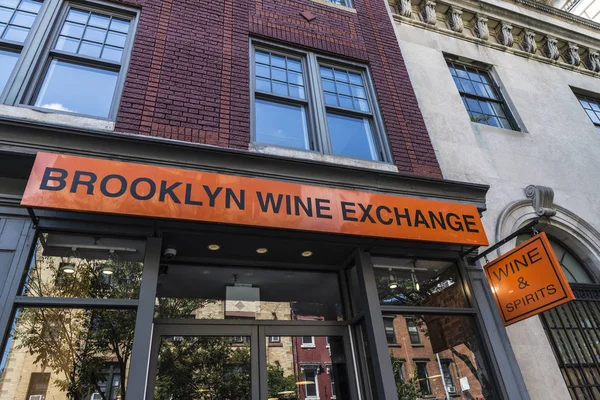
Right in the heart of New York City’s hipster borough, Brooklyn Winery brings West Coast grapes to an East Coast urban setting. The winery sources fruit from vineyards across the country and ferments everything in their industrial Williamsburg facility.
Visitors can watch the winemaking process through floor-to-ceiling windows while sipping wine just blocks away from the Manhattan skyline. The contrast of enjoying a glass of Pinot Noir while hearing subway trains rumble overhead creates a uniquely New York experience.
Gruet Winery
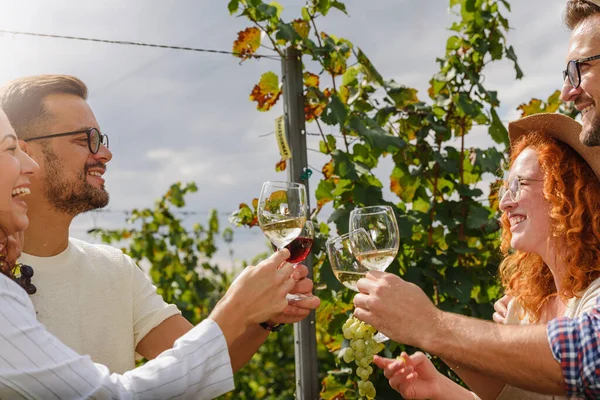
In the high desert of New Mexico, Gruet Winery creates sparkling wines that often draw comparisons to those from Champagne, France. The dramatic temperature swings between day and night in Albuquerque help preserve acidity in the grapes, essential for quality sparkling wine production.
At over 4,000 feet elevation, the intense sunlight and dry climate create growing conditions completely different from traditional wine regions. The French family behind Gruet brought their Champagne expertise to this unlikely American Southwest location with remarkable success.
Like Travel Pug’s content? Follow us on MSN.
L’Ecole No 41
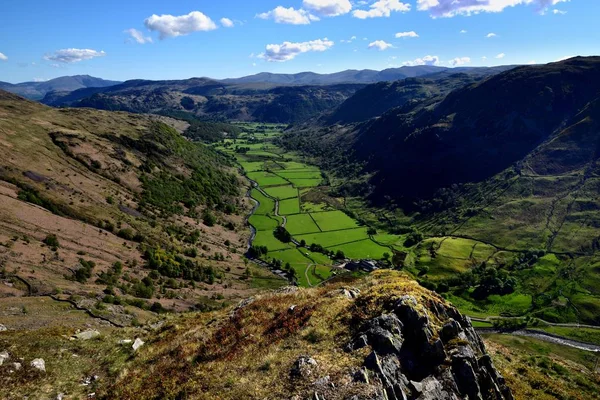
The Walla Walla Valley in Washington State was once known primarily for sweet onions, not wine grapes. L’Ecole No 41 operates out of a converted 1915 schoolhouse, making it one of America’s most uniquely housed wineries. The historic building sits among rolling hills that were once wheat fields, now transformed into premium vineyard land.
This former schoolhouse setting creates an intimate tasting experience where visitors can learn about wine in a place originally designed for education.
Shelton Vineyards
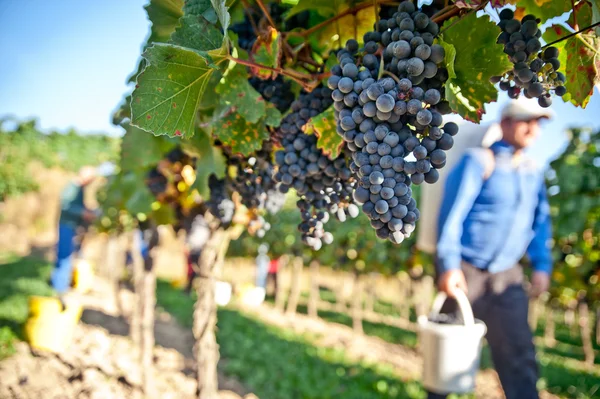
North Carolina’s wine industry surprises many people who don’t realize the state has a long history of grape growing dating back to the 1500s. Shelton Vineyards in the Yadkin Valley takes advantage of the region’s warm days and cool nights to produce both European varietals and native American grapes.
The estate sits on rolling hills that look more like traditional wine country than most people expect from the Tar Heel State. Their success has helped establish North Carolina as a legitimate wine destination in the American South.
Au Bon Climat
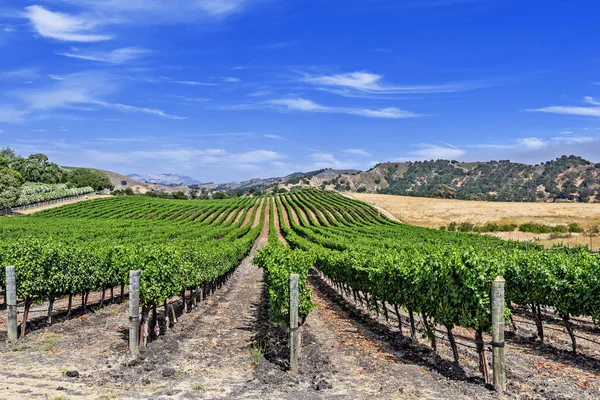
Santa Barbara County’s wine region exists in a unique east-west valley that funnels cool Pacific Ocean air inland. Au Bon Climat has been pioneering Burgundian-style wines in this unusual California microclimate since the 1980s. The winery operates out of a shared facility where multiple vintners work side by side, creating a collaborative atmosphere that’s rare in the wine world.
Their focus on Pinot Noir and Chardonnay in this fog-cooled region produces wines that challenge preconceptions about California wine styles.
Like Travel Pug’s content? Follow us on MSN.
Corison Winery
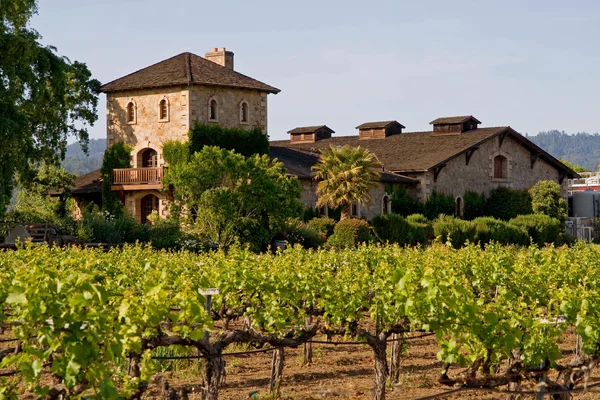
St. Helena in Napa Valley isn’t surprising as a wine location, but Corison Winery’s approach to Cabernet Sauvignon certainly is. Winemaker Cathy Corison creates elegant, food-friendly Cabernets that go against Napa’s reputation for massive, high-alcohol wines.
Her wines prove that even in California’s most famous wine region, there’s room for a completely different style. The winery demonstrates that location isn’t everything – philosophy and technique matter just as much.
Beckmen Vineyards
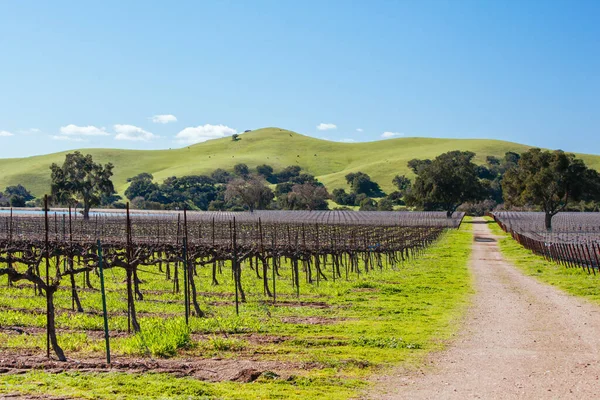
The Santa Ynez Valley in California gained fame from the movie ‘Sideways,’ but Beckmen Vineyards focuses on Rhône varietals rather than the Pinot Noir featured in the film. The estate practices biodynamic farming in an area known more for cattle ranching than sustainable agriculture.
Their commitment to soil health and biodiversity creates wines that truly express the unique character of this Central Coast region. The winery shows how innovative farming practices can transform any location into premium wine country.
Parallel 44 Vineyard & Winery
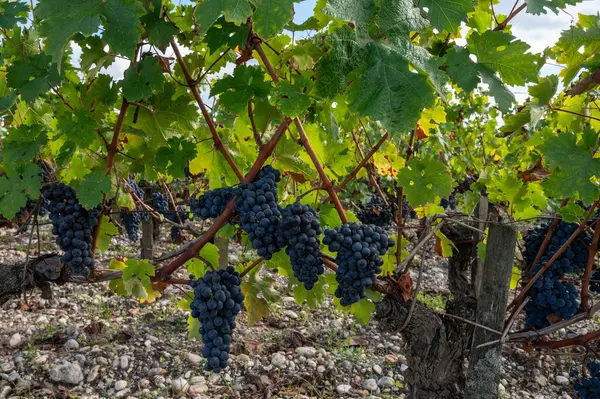
Wisconsin’s Door County peninsula might seem like an unlikely place for a winery, but Parallel 44 proves that cold-climate viticulture can work in the upper Midwest. The surrounding waters of Green Bay and Lake Michigan create a microclimate that moderates the harsh continental weather.
Their cold-hardy grape varieties produce wines that capture the essence of this northern location. The winery demonstrates that American winemaking extends far beyond the traditional West Coast regions.
Like Travel Pug’s content? Follow us on MSN.
Maynard James Keenan’s Caduceus Cellars
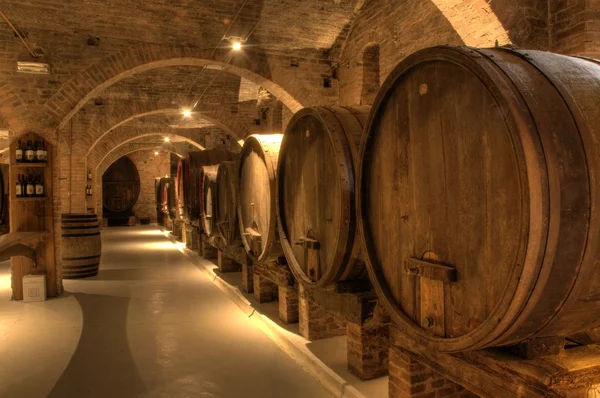
The high desert of Arizona seems like the last place you’d expect to find a successful winery, but Caduceus Cellars in Jerome thrives at 4,000 feet elevation. The former mining town’s dramatic landscape and extreme growing conditions create wines with unique character profiles.
Owner Maynard James Keenan, better known as the lead singer of Tool, has become a serious winemaker in this unlikely location. The winery shows that passion and determination can overcome even the most challenging environmental conditions.
RdV Vineyards
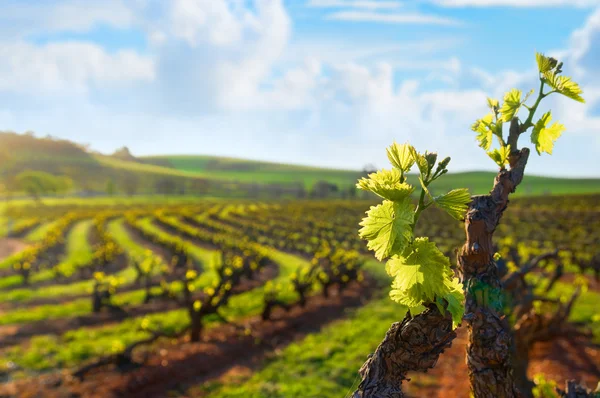
Virginia’s wine industry has exploded in recent years, but RdV Vineyards in Delaplane represents the state’s most ambitious project. The estate focuses exclusively on Bordeaux-style blends in a region better known for its history than its wine.
The Blue Ridge Mountains create a unique terroir that allows these classic varieties to express themselves differently than in their French homeland. The winery demonstrates that Virginia can compete with established wine regions when the right grapes meet the right location.
Sheldrake Point Winery
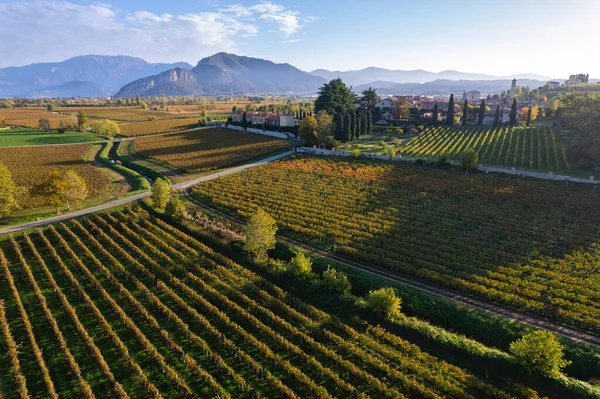
New York’s Finger Lakes region surprises many wine lovers who don’t realize the area’s deep glacial lakes create ideal conditions for cool-climate varieties. Sheldrake Point Winery on Cayuga Lake benefits from the water’s moderating influence and the region’s unique soil composition.
The microclimate allows for extended hang time that develops complex flavors while maintaining crisp acidity. This upstate New York location produces wines that compete with the best cool-climate regions anywhere in the world.
Like Travel Pug’s content? Follow us on MSN.
Figgins Family Wine Estates
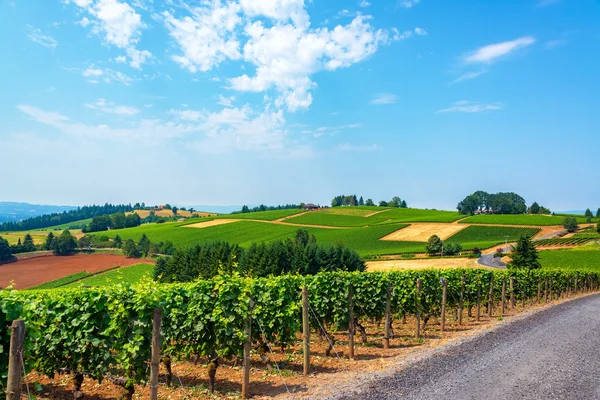
The Walla Walla Valley spans the border between Washington and Oregon, creating an unusual situation where a single wine region exists in two states. Figgins Family Wine Estates takes advantage of this unique geography by sourcing grapes from both sides of the state line.
The slight differences in soil and microclimate between the Washington and Oregon portions of the valley add complexity to their blends. This cross-border approach to winemaking creates wines that truly represent the entire region rather than just one state.
14th Star Brewing & Distilling
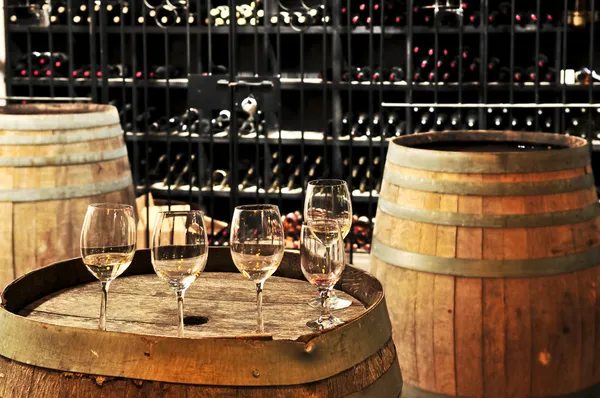
Vermont might be famous for maple syrup and craft beer, but 14th Star has ventured into winemaking in the Green Mountain State. Their fruit wines made from local apples and berries showcase Vermont’s agricultural diversity beyond dairy farming.
The cold climate and short growing season require creative approaches to winemaking that you won’t find in traditional wine regions. Their success proves that American winemaking can thrive even in states where grapes struggle to ripen consistently.
Honolulu Beerworks & Wine
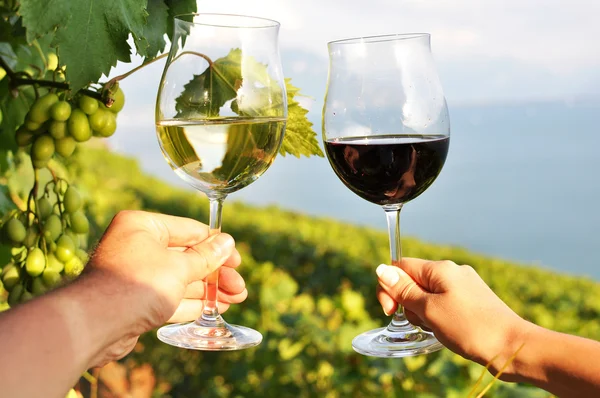
Hawaii’s tropical climate seems completely wrong for traditional winemaking, but innovative producers are finding ways to make it work. Some Hawaiian wineries focus on tropical fruit wines that capture the islands’ unique flavors and terroir.
The volcanic soils and year-round growing season create opportunities for winemaking approaches that don’t exist anywhere else in America. These producers are redefining what American wine can be by embracing their exotic location rather than fighting against it.
Like Travel Pug’s content? Follow us on MSN.
Messina Hof Winery
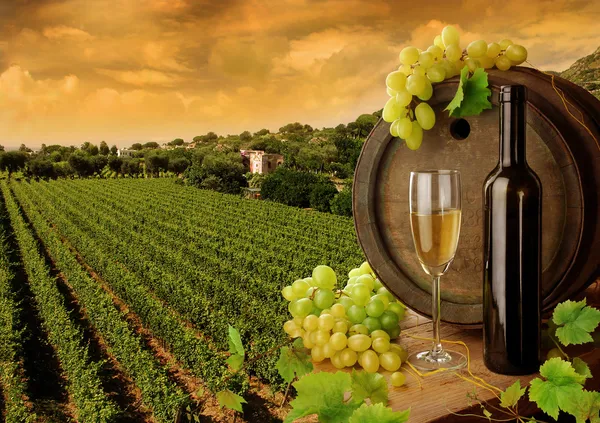
Texas has become America’s fifth-largest wine-producing state, but many people still find it surprising that quality wine comes from the Lone Star State. Messina Hof in Bryan has been pioneering Texas winemaking since the 1970s, proving that the state’s diverse climates can support serious viticulture.
The winery takes advantage of Texas’s size and varied terroir to source grapes from different regions across the state. Their success helped establish Texas as a legitimate player in American winemaking rather than just a curiosity.
Chateau Grand Traverse
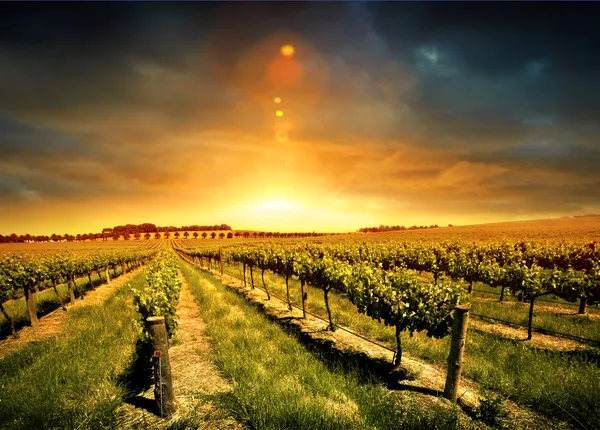
Michigan’s wine industry centers around the Old Mission Peninsula, where Lake Michigan creates a microclimate that moderates the harsh continental weather. Chateau Grand Traverse was one of the first wineries to prove that European grape varieties could thrive in the Great Lakes region.
The lake effect extends the growing season and protects vines from extreme temperature swings that would otherwise make winemaking impossible. This northern location produces wines with bright acidity and elegant structure that reflect their cool-climate origins.
Stone Hill Winery
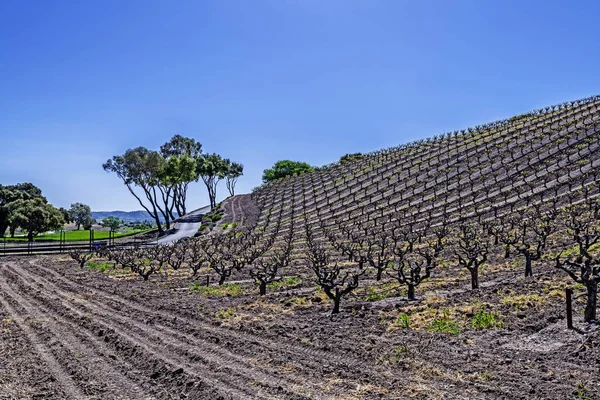
Missouri has a wine history that predates Prohibition, but most Americans don’t realize the Show Me State was once the second-largest wine producer in the country. Stone Hill Winery in Hermann represents this forgotten chapter of American wine history, operating in caves that were carved into the hillsides in the 1800s.
The winery uses both Native American grape varieties and European varietals that can handle Missouri’s challenging climate. Their persistence has helped revive what was once a thriving American wine region.
Like Travel Pug’s content? Follow us on MSN.
Sawtooth Winery
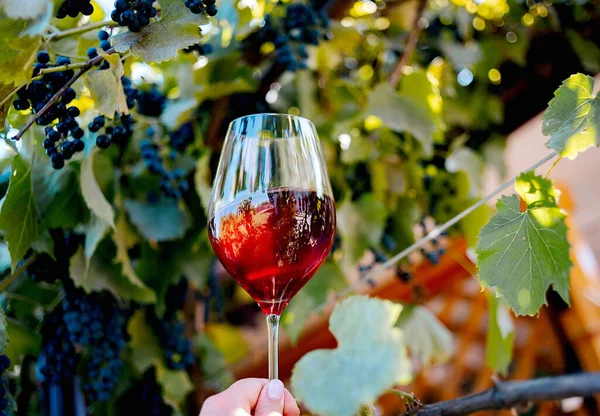
Idaho’s wine industry has grown dramatically in recent years, with the Snake River Valley proving ideal for grape growing. Sawtooth Winery takes advantage of the high desert climate and volcanic soils that create growing conditions unlike anywhere else in America.
The dramatic temperature swings between day and night help preserve acidity while allowing full flavor development in the grapes. This northwestern state has quietly become one of America’s most exciting emerging wine regions, surprising visitors who come expecting potatoes instead of Pinot Grigio.
Where Vines Take Root Today
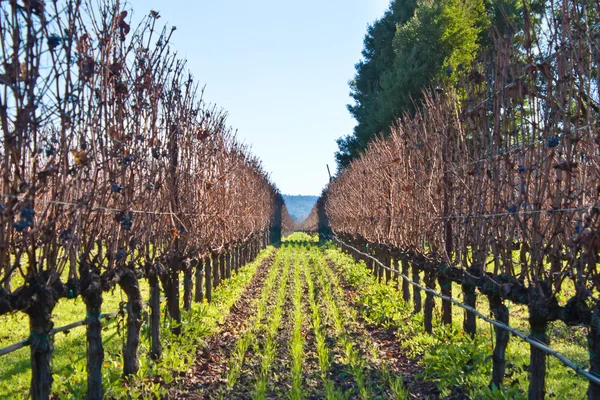
These unconventional wineries represent more than just geographical curiosities – they’re proof that American winemaking continues to evolve and adapt to new challenges and opportunities. Climate change, advancing technology, and ambitious vintners are pushing the boundaries of where great wine can be made across the United States.
The success of these operations in unexpected locations demonstrates that terroir isn’t limited to California and the Pacific Northwest, and that innovation often comes from thinking outside established norms. Whether it’s a rooftop in Brooklyn or a desert in Arizona, great American wine ultimately comes down to matching the right grapes with the right conditions and the right people to make it happen.
More from Travel Pug

- 20 Best Beach Towns in the Carolinas
- 13 Destinations Where Tourists Regularly Regret Their Trip
- 20 Things You Actually Get in First Class
- 20 Small Airports With Aviation Museums
- 20 Places in the U.S. That Are Perfect for a Reset Trip
Like Travel Pug’s content? Follow us on MSN.
